
Ram Shobhit Singh

Showing all 9 books

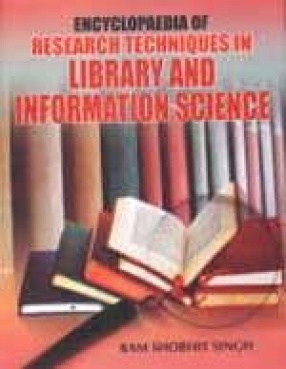
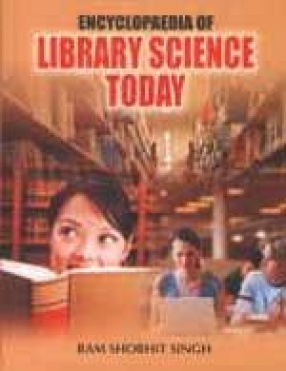

The Anglo-American Cataloguing Rules (AACR2) in 1998 are situated in the midst of a continuum of constant revision. The Anglo-American Cataloguing Rules were under development for many years following the strong criticism to the American Library Association Cataloguing Rules which were published in 1949. During this period, the International Conference on Cataloguing Principles was held in Paris in 1961 with a true international representation from over 50 ...
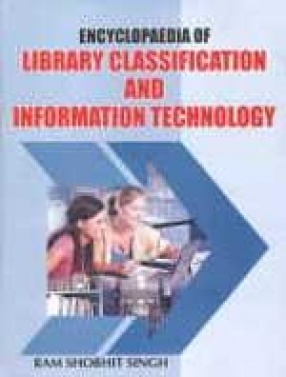
Library classification is constantly being influenced by multifaceted, multidimensional and infinite growth of literature on one hand and the users needs on the other. With the emergence of computer technology, the library classification is being metamorphised. This book attempts to delve a state-of-the-art of library classification in the new computer age. Technical services are as a mix of skilled and professional jobs to provide user services in libraries. ...
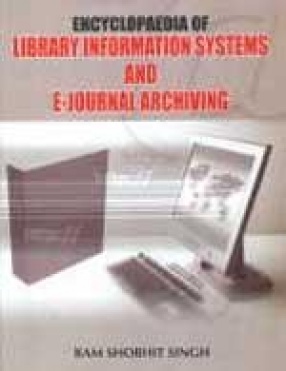
The digital or virtual libraries have brought the revolutionary changes in the entire concept of library organization, management and operations. To peep into it, library and information science professionals, need to get ready to face the challenges emerging due to the adoption of newer technologies. In this book an attempt has been made to synthesize all aspects of digital libraries and to put them in the systematic order at one place to understand the ...

Library science is an interdisciplinary science incorporating the humanities, law and applied science to study topics related to libraries, the collection, organisation, preservation and dissemination of information resources, and the political economy of information. The ongoing information revolution has imparted a new dimension to library and information sciences. Techniques and technologies in the area have been drawn from the electronic and ...
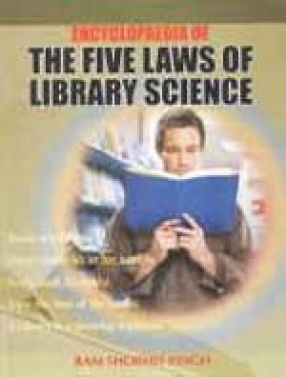
The five laws of library science are some of the most influential concepts in that field. Since they were published in 1931, these five laws "have remained a centerpiece of professional values...". These basic theories of library Science continue to directly affect the development of this discipline and the service of all libraries. S.R. Ranganathan's early education was of a mathematic background. This systematic way of thinking, he later applied to ...
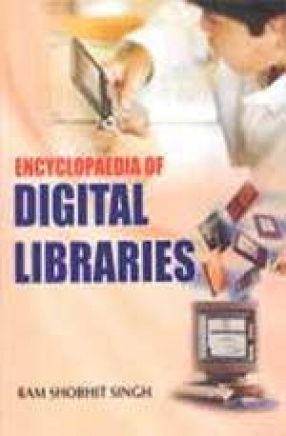
A digital library is a library in which collections are stored in digital formats and accessible by computers. The digital content may be stored locally, or accessed remotely via computer networks. The term digital library is diffuse enough to be applied to a wide range of collections and organizations, but to be considered a digital library, an online collection of information must be managed by and made accessible to a community of users. Thus, some web sites ...

Libraries and their information have existed for thousands of years. People recognised the value of information, although sometimes in rather unusual ways. Today, as an organised system, the library is becoming an intermediary, rather than a storehouse of information. The evolving nature of the library is characterized by a gradual change of its organisation. In this info age, information is not only recorded items of knowledge, it is also the digitised bits of ...

Technology is changing the nature of libraries and librarians and it continues to exert a major influence on the strategic direction of libraries in society. Today, the library services are transitioning from local traditional collections to global resources provided on demand via the most advanced networking technologies. It is now possible to retrieve information independently of time zones and geographical location and to obtain the most up-to-date information ...
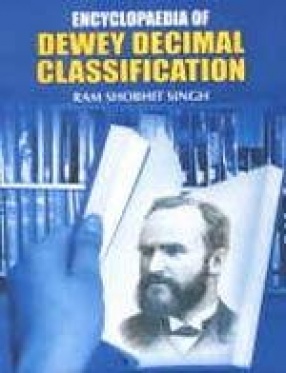
The Dewey Decimal Classification (DDC) system is the world's most widely used library classification system. The 22nd edition of the DDC enhances the efficiency and accuracy of your classification work in ways no previous editions have done. The DDC evolves continually to keep up with recorded knowledge. The Dewey Decimal Classification (DDC) system uses simple decimal notation to divide recorded knowledge into 10 main classes, 100 divisions and 1000 sections. ...
